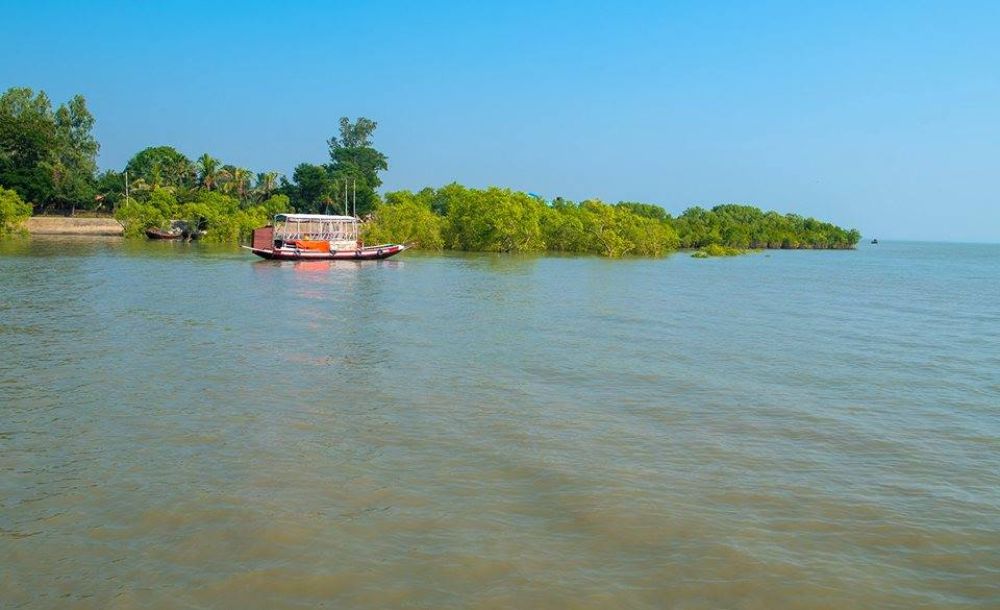

The Sundarbans, a magnificent and mysterious mangrove forest, stretches across the delta region of the Padma, Meghna, and Brahmaputra river basins. This UNESCO World Heritage Site is shared between India and Bangladesh, with a majority lying within Bangladesh's territory. Within the Indian section of the Sundarbans, Kaikhali Island stands out as a relatively new but steadily emerging tourist destination.
Tourism in the Sundarbans has ancient roots—dating back to the colonial era when British officials and naturalists explored these unique mangrove forests. However, the organized tourism that we are familiar with today really began developing in the late 20th century. With an increasing focus on ecological tourism and wildlife preservation, the Indian Sundarbans, and in extension, Kaikhali Island, started attracting the attention of tourists seeking a blend of adventure and tranquility.
In the early days, travel to the Sundarbans was largely adventurous and strenuous, with limited transport facilities. Small boats were the primary means of navigation, and accommodations were scarce and rudimentary. Over time, the West Bengal Government and several non-governmental organizations began promoting the Sundarbans as a critical biodiversity hotspot.
The late 20th century saw some pivotal changes in the Sundarbans' tourism landscape. The creation of the Sundarbans National Park in 1984 to protect the Royal Bengal Tiger and its mangrove habitats laid a strong foundation for responsible tourism. Eventually, better transportation, guided tours, and improved lodging facilities began to appear, opening up the region to a wider audience.
Kaikhali Island, being less frequented by mass tourism compared to other areas of the Sundarbans, retained an aura of undisturbed nature. Its tourism history is marked by eco-friendly approaches, with emphasis on sustainable practices and community involvement.
In recent years, Kaikhali's tourism has taken off, thanks to the global trend of eco-tourism and the desire for immersive travel experiences. Visitors are drawn by the opportunity to explore untouched mangrove forests, see rare wildlife, and enjoy the serene ambiance of the island. The local authorities and tourism operators have worked together to promote Kaikhali as a destination where one can experience the wild beauty of the Sundarbans without the crowds.
Eco-resorts and lodges have started to emerge, focusing on minimal environmental impact and conservation education. These establishments typically offer guided tours, wildlife sightings, and opportunities to learn about the local flora and fauna.
Despite the upturn in tourism, Kaikhali and the larger Sundarbans region face challenges such as cyclones, climate change, and the need for sustainable development. The delicate balance between advancing tourism and protecting the fragile ecosystem is critical for the future. There is an ongoing effort to enhance eco-friendly tourism practices and involve local communities, reinforcing the notion that the true value of Kaikhali lies in its pristine and unparalleled natural environment.
With the latest tourism trends leaning towards individualized and ecologically conscious travel, Kaikhali Island in the Sundarbans of West Bengal continues to cement its place as a notable destination for tourists around the world. As this evolution unfolds, it is hoped that the essence of Kaikhali's wild and untouched landscapes will be preserved for future generations to cherish.